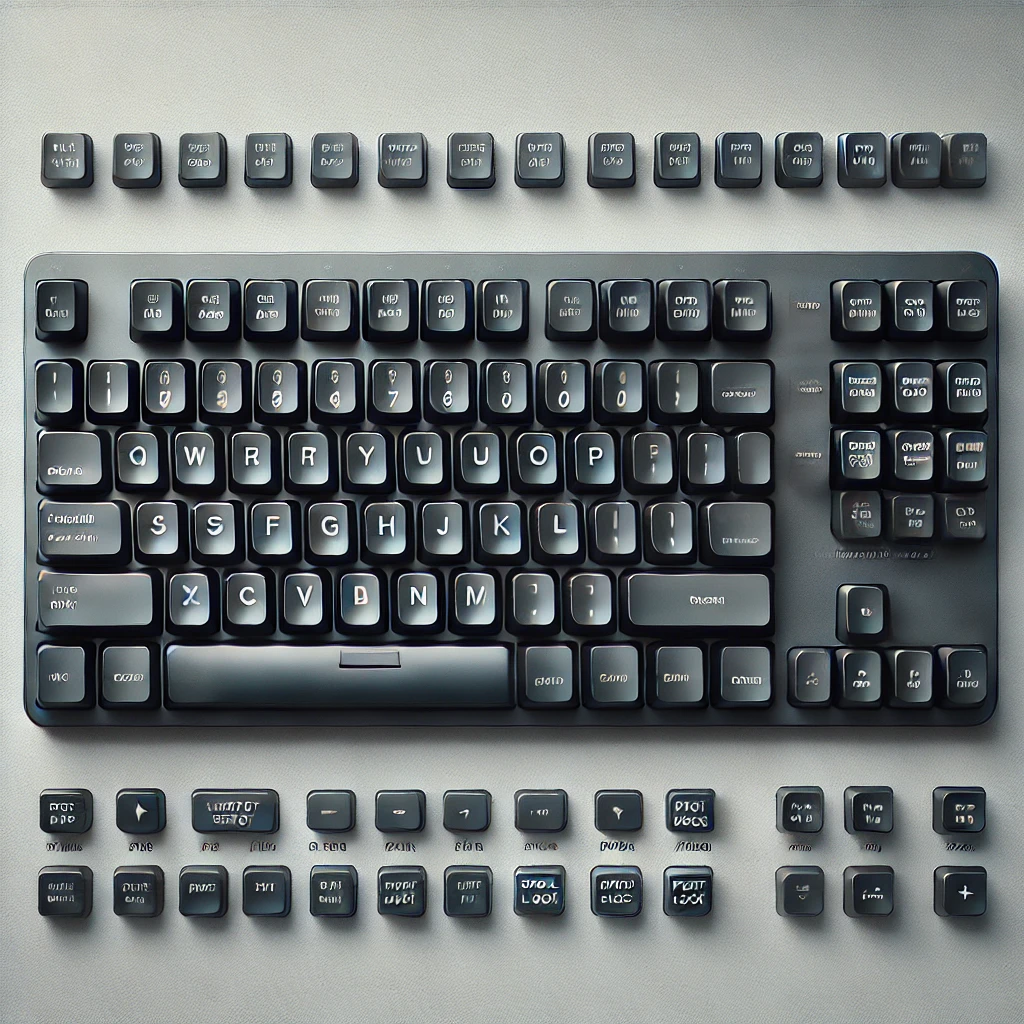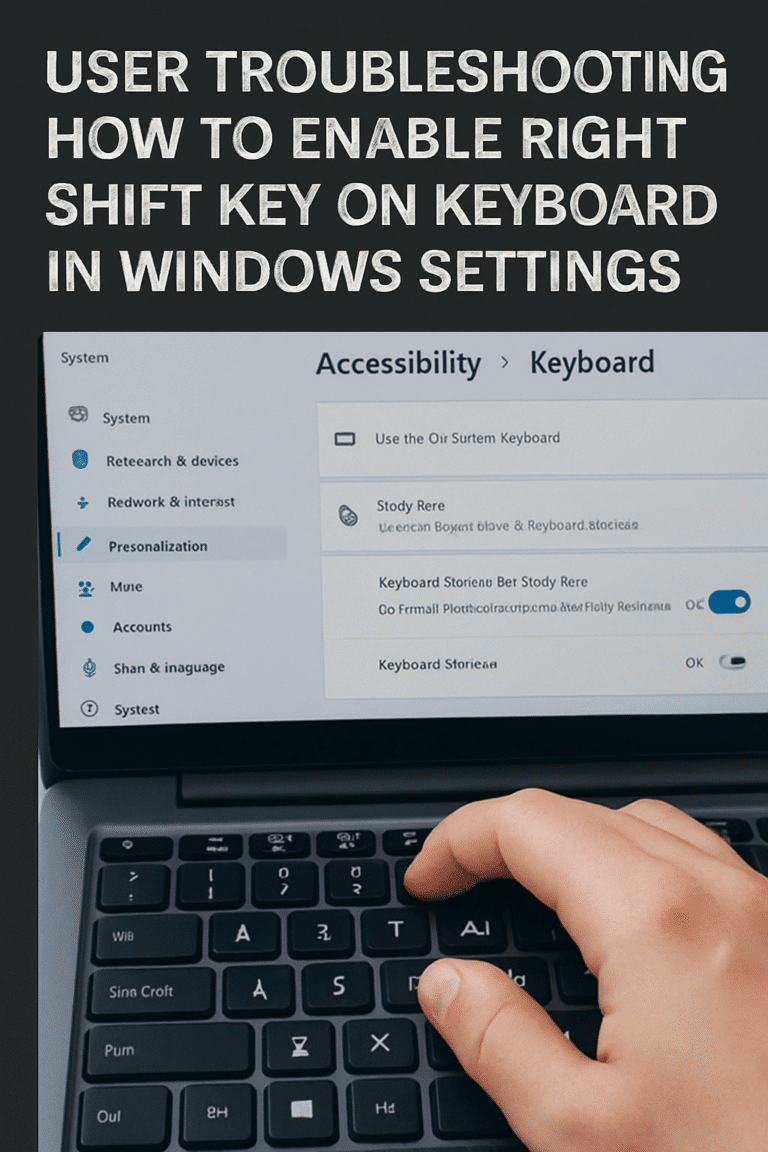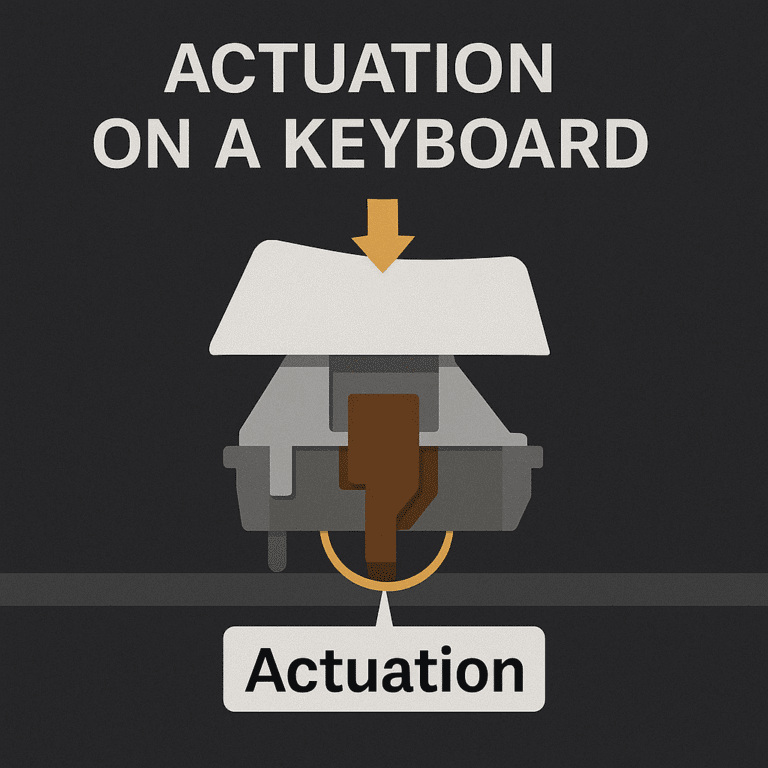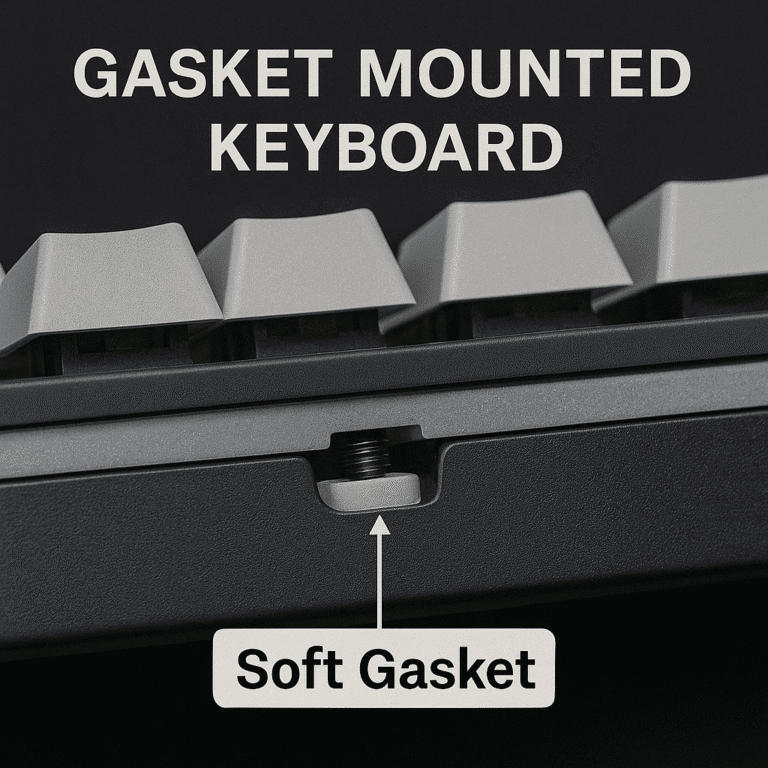Keyboards are essential tools in our daily digital interactions, whether for work, gaming, or casual browsing. A common question arises: How many keys are on a keyboard? The answer varies based on the keyboard’s design, purpose, and manufacturer. This article delves into the different types of keyboards and their respective key counts, providing a detailed overview for enthusiasts and casual users alike.
Standard Keyboard Layouts
Full-Size Keyboards (100%)
The full-size keyboard is the most common layout, especially in office environments. It includes:
- Alphanumeric section: Letters A-Z and numbers 0-9.
- Function keys: F1 through F12.
- Navigation keys: Arrow keys, Home, End, Page Up, Page Down.
- Numeric keypad: A separate section for quick number entry.
- Modifier keys: Shift, Ctrl, Alt, and others.
A standard full-size keyboard typically has 104 keys in the U.S. layout (ANSI) and 105 keys in the European layout (ISO) .
Compact Keyboard Variants
As portability and desk space become more critical, compact keyboards have gained popularity. These keyboards reduce size by omitting certain keys or sections.
Tenkeyless (TKL) Keyboards (80%)
TKL keyboards remove the numeric keypad, resulting in 87 keys. They retain all other functionalities and are favored by gamers and those with limited desk space .
75% Keyboards
These keyboards further compact the layout by reducing spacing between keys and sometimes merging certain keys. They typically have 84 keys .
65% Keyboards
65% keyboards omit the function row and some navigation keys, offering around 68 keys. They strike a balance between functionality and compactness .
60% Keyboards
These ultra-compact keyboards have about 61 keys, removing the function row, navigation cluster, and numeric keypad. Users rely on key combinations to access omitted functions .
40% Keyboards
The most minimalistic, 40% keyboards have approximately 45-50 keys, excluding even the number row. They require extensive use of layers and key combinations and are primarily used by keyboard enthusiasts .
Specialized Keyboards
Apple Keyboards
Apple’s keyboard layouts differ slightly:
- Apple Keyboard with Numeric Keypad: 109 keys.
- Apple Wireless Keyboard: 78 keys.
- MacBook Air Keyboard: 78 keys .
Gaming and Multimedia Keyboards
These keyboards often include extra programmable keys, media controls, and macro keys, bringing the total to 110-115 keys, depending on the model .
Happy Hacking Keyboard (HHKB)
Designed for programmers, the HHKB has a minimalist layout with 60 keys, emphasizing efficiency and ergonomics .
Key Groupings Explained
Understanding the different key groups helps in grasping the total key count:
- Alphanumeric Keys: 26 letters and 10 numbers.
- Function Keys: F1 to F12.
- Modifier Keys: Shift, Ctrl, Alt, etc.
- Navigation Keys: Arrow keys, Home, End, etc.
- Numeric Keypad: Numbers and arithmetic operators.
- Special Keys: Escape, Tab, Caps Lock, etc.
The presence or absence of these groups determines the keyboard’s total key count.
Factors Influencing Key Count
Several factors affect how many keys are on a keyboard:
- Layout Standards: ANSI (U.S.) vs. ISO (Europe) layouts have slight differences in key count.
- Purpose: Gaming, programming, or general use can dictate additional keys.
- Portability: Laptops and compact keyboards reduce key count for size.
- Customization: Enthusiasts may build keyboards with unique key counts to suit personal preferences.
Conclusion
The number of keys on a keyboard varies widely based on design, purpose, and user preference. From the standard 104-key full-size keyboards to minimalist 40% layouts with around 45 keys, there’s a keyboard to fit every need. Understanding these variations helps users make informed choices tailored to their specific requirements.







